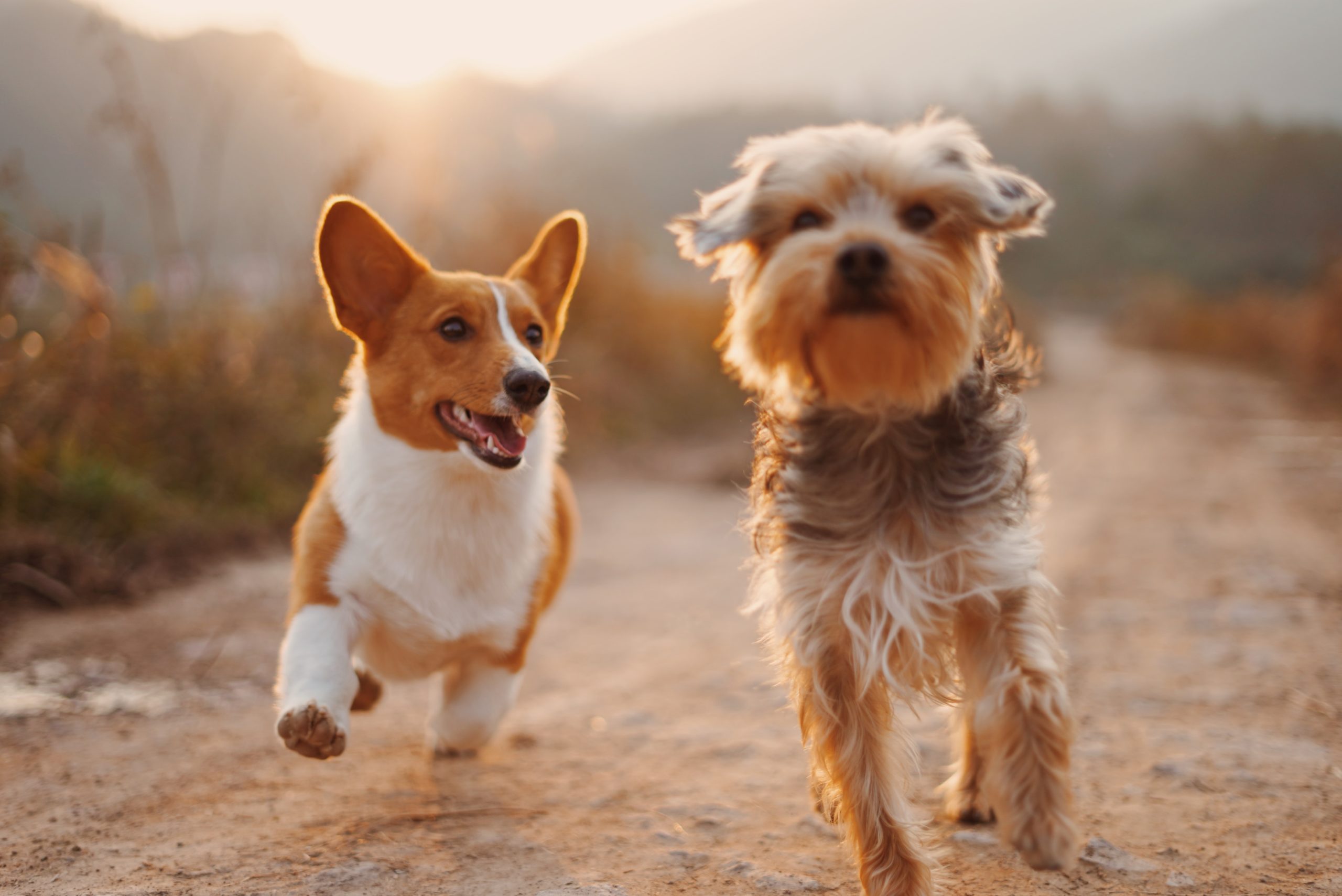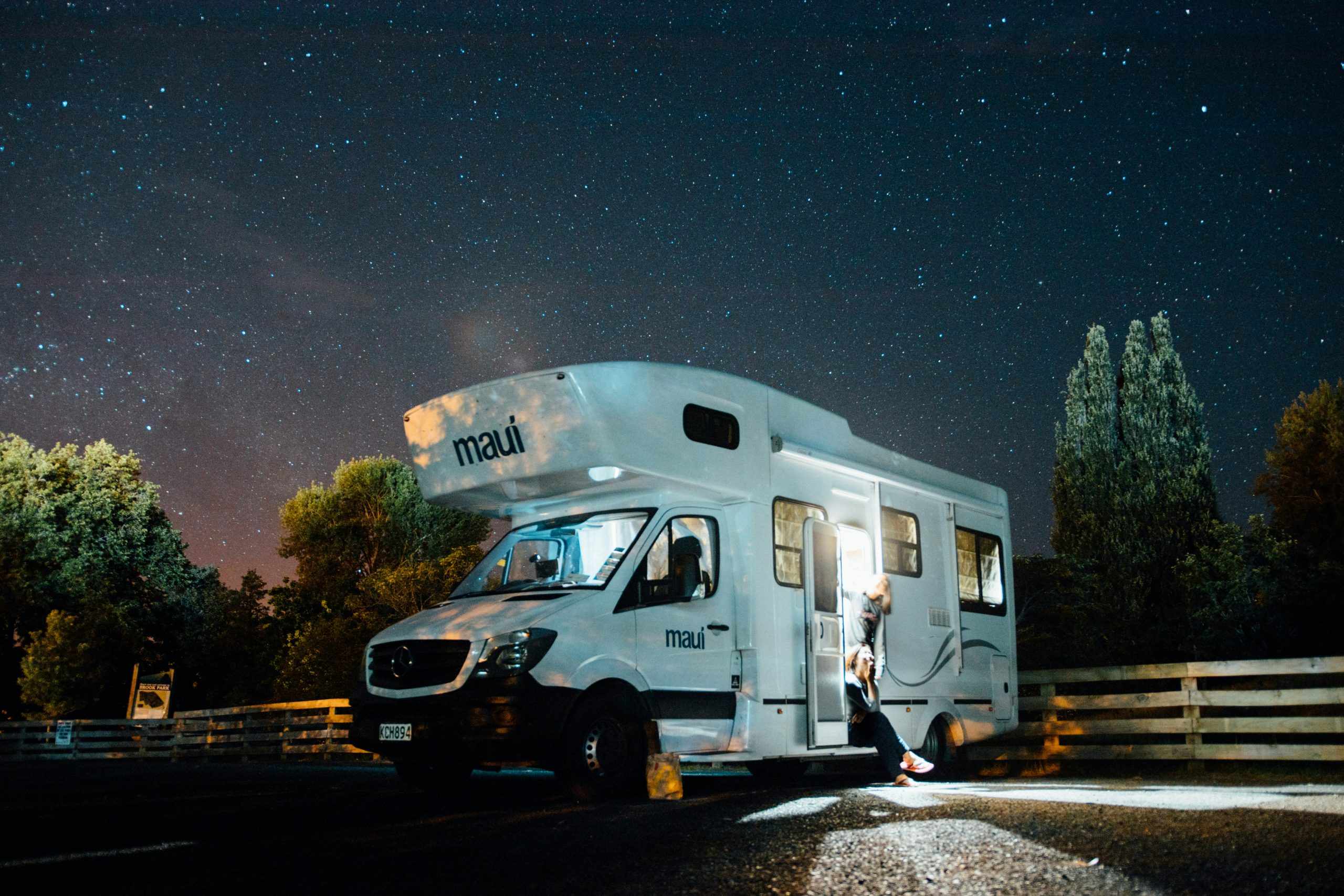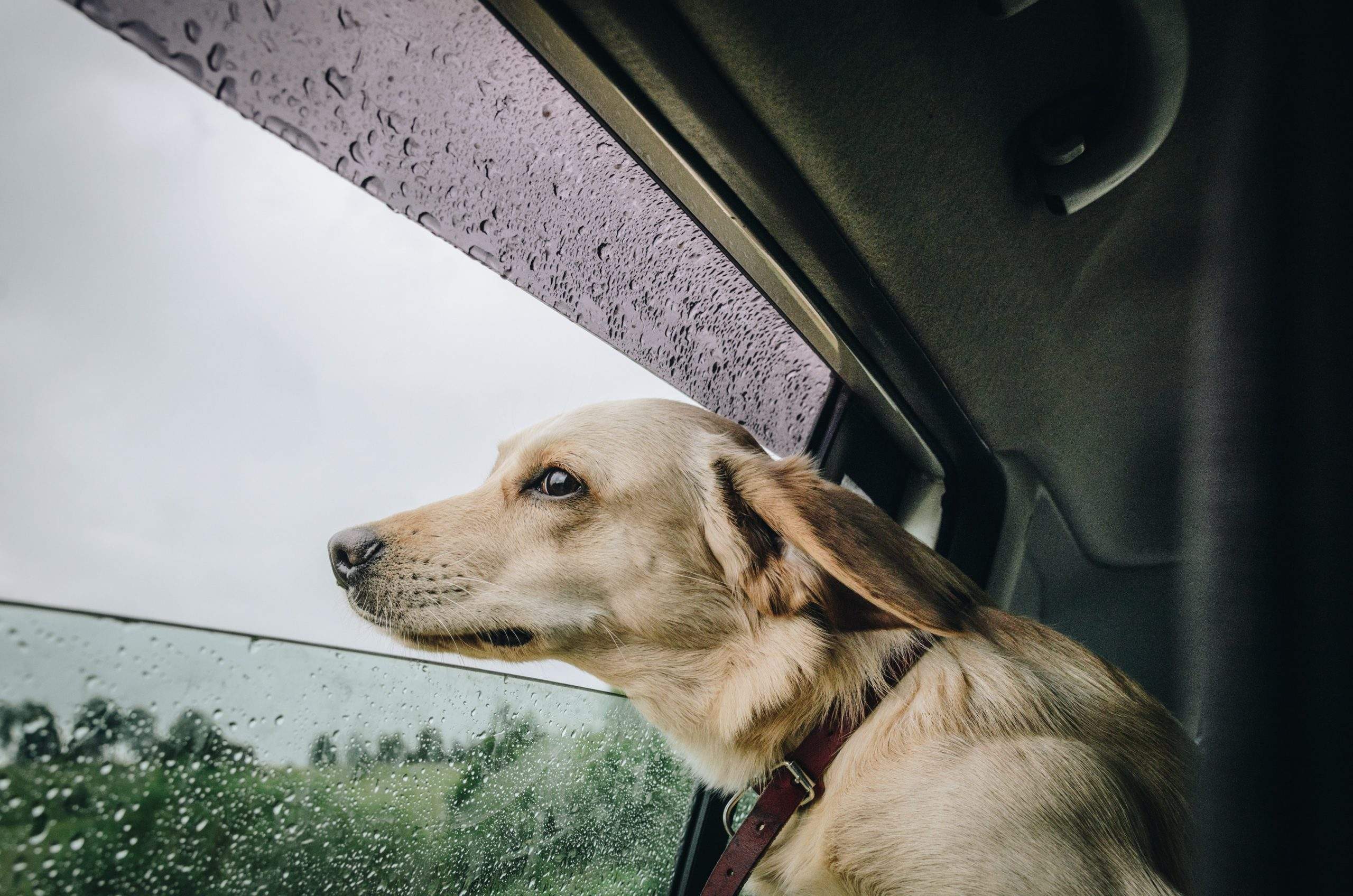Having a new puppy is so exciting, and I’m sure you’ll want to take them everywhere with you, including your outdoor adventures. That said, traveling with a new puppy does take a bit of extra time and planning.
Let’s take a look at some of the ways you can ensure you and your puppy have the best time on the road.
New puppy travel tips
The first thing you want to do is get your puppy used to your vehicle. Every pup is different, and some will have no problem getting in and out of the rig and exploring every nook and cranny. Other puppies might be a little more hesitant. If they are, follow these steps:
- Introduce your puppy to the rig slowly — Start with the engine off and let them sniff around. Praise them for behaving so well.
- Take your puppy on a short trip — It can be just around the block but make sure you go at a slow pace. Again, praise them for behaving well.
- Gradually increase the length of your trips — As your puppy gets more comfortable, you can increase the frequency and length of your trips.

Some other things to consider when traveling with a pet are:
- safety
- bathroom breaks
- car sickness
Pet travel safety
As you’re introducing your puppy to your vehicle, you should also be getting them used to wearing a harness or being in a crate. Road tripping with pets, you want to make sure your pets and all passengers are safe. If you happen to be in an accident and your puppy isn’t secured, they could become a projectile.
Letting your puppy travel with its head out of the window is never a good idea. They could get eye irritation or become injured by something you drive past. There’s also a chance that they could jump out of the window.
Bathroom breaks
You also don’t want your puppy to worry about having an accident, so stopping every two hours is recommended. Make sure they have plenty of time to relieve themselves and get out some energy.
Car sickness
Some puppies also get car sick. If your puppy tends to get a queasy tummy, you might want to hold off on feeding them for two to three hours before your road trip; water is still ok. You should also lay down sheets or towels where your puppy will be sitting or lying in case they do get sick. Paper towels and cleaning supplies are also a good idea to have.
What to pack

Just like you have a packing checklist, your puppy should also have her own packing checklist. Think about all of the items you use daily. If you’re going on an extended trip, remember to pack things you use monthly such as flea and tick medication. This Camping with pets guide has some great suggestions, but below are some of the essential items you should pack for your puppy:
- Leash
- Collar w/ identifying tags
- Travel harness or crate
- Food and water bowls
- Food
- Extra water (if dry camping)
- Treats
- Poop bags (preferably biodegradable)
- Toys
- Bed
- Pet first-aid kit
- Medications
- Proof of vaccinations
- Home vet and local vet information
Download your puppy packing list!
Best RV types for puppies
The best RV type for your puppy will depend on a few factors. When considering the best RV type for pet travel, you’ll want to think about things like the size of your puppy, how long you will be traveling, and your puppy’s personality.
Bigger breeds, even as puppies, will need more room. In this case, a Class A RV or a fifth-wheel trailer is ideal. For medium and smaller breeds, campervans or even teardrop trailers can be good options.
If you’re planning a quick weekend trip, the size of your rig and how much space you have might not matter as much. However, if you’re planning a lengthier road trip, or plan to live full-time in your RV, then you’ll want to make sure that you and your pup have enough room to stretch out and not get in each other’s way.
You also know your puppy and their personality. If they like to snuggle in a corner, they might not need too much space. But, if they like to sprawl out and run around, you might want to consider a bigger vehicle.
Dog-friendly parks and campgrounds

Unfortunately, not all parks and campgrounds allow pets. Be sure to call ahead and go over their pet policies. With that being said, most commercial campgrounds do allow pets. The best RV parks for dogs have great amenities that your puppy will love, like fenced-in dog parks, agility courses, and grooming stations.
National parks are usually more restrictive when it comes to pets because of the sensitivity of the wildlife to domestic animals. National forests nearly always allow pets, but they must be on a leash. Bureau of Land Management (BLM) lands almost always allow pets and some even allow dogs to be off-leash.
Campground rules/etiquette
Although some campgrounds might have specific rules that only pertain to them, most have the same basic rules:
- Have your pup’s vaccination records and tags ready when you arrive.
- Be mindful of restricted areas.
- Clean up after your puppy and control barking and other noise.
- Keep your puppy on a leash.
- Pups outside the trailer must be accompanied by their owner at all times.
- Never leave your puppy unattended, especially in a hot or cold vehicle.
Time to make memories with your pup!
As you can see, getting ready for a road trip with your new puppy isn’t too ruff. Get started by searching for pet-friendly RVs in your area. Soon, you and your pup will be having the experience of a lifetime!








